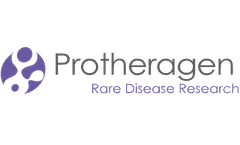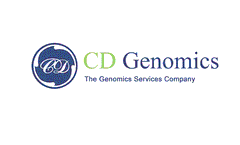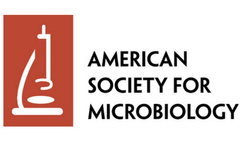Genome Sequence And Structural Articles & Analysis: Older
9 articles found
Many rare diseases have obvious manifestations of chromosomal structural abnormalities, making it a strategy to determine the cause of diseases from a macroscopic perspective of genetics. ...
Pan-genomes reflect structural variation (SV) and polymorphisms in the genome, allowing in-depth comparisons of variation at the species level or at higher taxonomic levels. ...
In addition to often invading the respiratory system, it can also infringe on the reproductive system, nervous system, conjunctiva and embryos. FHV-1 Genome Structure and Encoded Glycoproteins FHV-1 is a double-stranded DNA virus with an envelope. The full genome sequence is 126-134 kbp, and the GC content in the base is about ...
They are generally divided into fungi, actinomycetes, bacteria, spirulina, rickettsia, chlamydia, mycoplasma and viruses. Microbial whole genome sequencing is an important tool for mapping genomes of novel organisms, finishing genomes of known organisms, or comparing genomes across multiple samples. ...
Long read sequencing has great application in the direction of de novo genome sequencing and resequencing, especially to improve the accuracy of detecting repeat regions, structural variants, as well as complex regions. Researchers used long read sequencing to produce haploid human genome ...
Pharmaceutical companies recognize the growing value of genome data, partnering with biobanks to power massive sequencing projects such as AstraZeneca’s 2 Million Genomes Project and Boehringer Ingelheim joining a nation-wide research collaboration in Finland to analyse 500K genomes. ...
ByLifebit
Second, cellular machinery translates AAV’s viral genome into proteins which assemble into a viable viral shell with a copy of the viral genome packaged inside it. ...
An ontology defines technical terms and shows interrelationships between terms for particular application areas. XML-based standards such as OWL and DAML provide mechanisms to produce XML based ontologies. Ontologies are used in service matching and dynamic web service composition, and are heavily used in bioinformatics and genomics to characterise the structure of living things. Our research ...
Morphologically, P335 resembled the L. lactis phages TP901-1 and Tuc2009, except for a shorter tail and a different collar/whisker structure. Its 33,613-bp double-stranded DNA genome had 50 open reading frames. Putative functions were assigned to 29 of them. Unlike other sequenced genomes from lactococcal phages belonging to this ...







